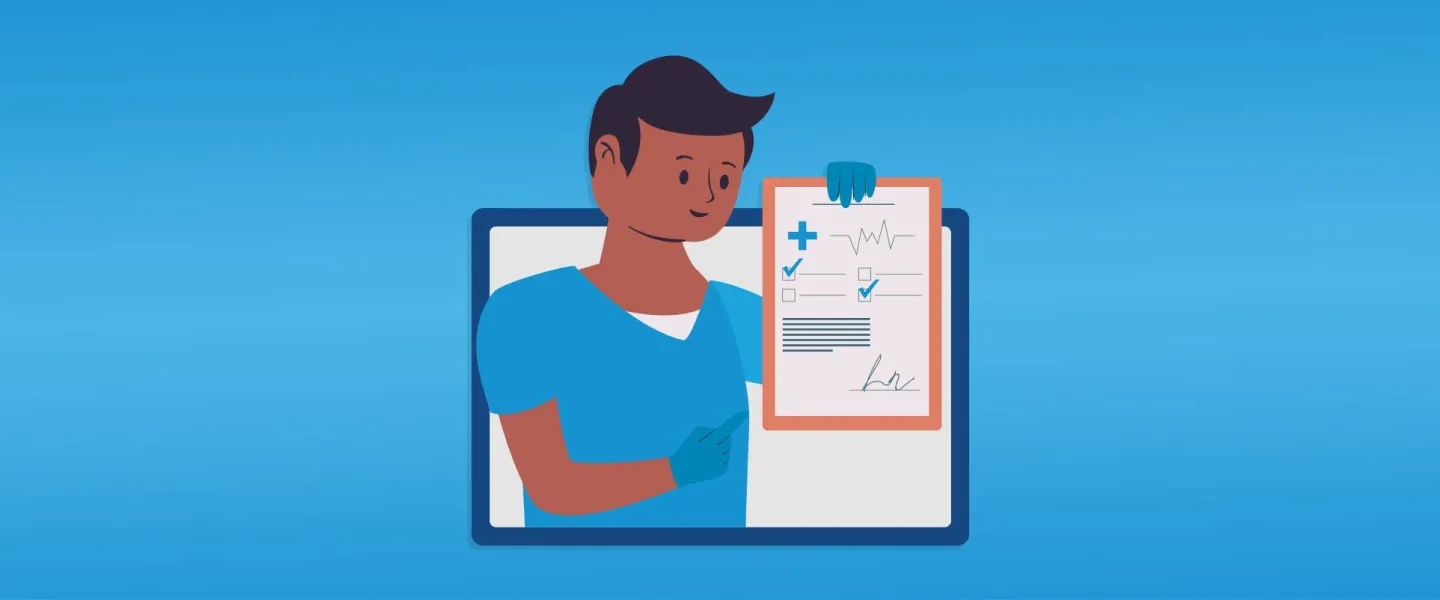In this complex world of healthcare revenue cycle management, one important aspect that often goes unnoticed is medical claims processing. Behind every medical procedure or service offered, a complex and detailed system ensures that healthcare providers receive proper compensation.
A clearinghouse for medical claims is a central part of this process and an important component that scales up the entire claims processing system. In this blog, you will discover the significance of medical billing services and how a clearinghouse for medical claims plays a pivotal role in the entire claims processing system.
The Concept of Medical Claims & Medical Billing Services
Healthcare providers submit a request to an insurance company for payments, and these requests are named as medical claims. These claims contain detailed information about healthcare services, patient information, and cost breakdowns. Medical claims ensure the accuracy and efficiency of this process because it is crucial to the financial stability of healthcare organizations, revenue cycle management, and patient satisfaction. Medical billing services ensure proper treatment and payment approvals, optimizing the entire process.
For example, if someone says, “I need to take medicine for my sore throat,” this is a medical claim because it says that the person needs to take medicine because he has a sore throat. The medical claims are important for the patient’s right treatment and getting payment approvals.
What is a Clearinghouse in Healthcare?
A clearinghouse in healthcare revenue cycle management provides medical billing services and acts as a bridge between healthcare providers and payers, typically insurance companies or government healthcare programs. Its primary role is to facilitate the exchange of medical claim information, ensuring that these claims are accurate, complete, and aligned with healthcare industry standards.
According to COA (California Orthopaedic Association), there are different types of clearinghouses as there are various types of medical claims, such as pharmacy claims, dental claims, DME claims, in-patient facility claims, and out-patient medical professional claims. A medical billing clearinghouse is a complex and time-consuming process that also enables electronic funds transfer (EFT) for on-time payments.
How Does a Clearinghouse Work? Breaking Down the Process in Revenue Cycle Management
Uncover the workings of a clearinghouse in the revenue cycle management process. From electronic claims submission to data scrubbing, validation, payer review, and receiving remittance advice, medical billing services play a crucial role in ensuring efficient and accurate transactions.
Claims Submission
Healthcare providers submit claims to the clearing house electronically or via paper, but electronic submission is more common due to its efficiency. In this step, the medical billing software in revenue cycle management solutions creates an electronic file known as the ANSI-X12-837 file, which is uploaded to your medical clearinghouse account.
Data Scrubbing and Validation
The next step is data scrubbing, in which the clearinghouse validates these claims for errors and inaccuracies. As a clearinghouse’s most important function, it ensures that the claims are free from common mistakes like missing information and incorrect coding.
Claim Transmission
Once the data is scrubbed, the clearinghouse transmits claims safely to the respective payers, adhering to HIPAA regulations to protect the patient data. It is because medical claims in RCM are also technically known as ‘HIPAA Transactions,’ and because of HIPAA, we cannot send claims for patient billing to insurance payers simply by email.
Payer Review
Then, the payers review these claims, determine their coverage, and calculate the payment amounts. During this process, the clearinghouse assists the payers by providing organized and standardized data, contributing to the functions’ efficiency and improving the experience.
Receiving Remittance Advice
After the review, the payer sends the remittance advice to the clearinghouse, containing details about the payments or their denial. This information is then delivered to the healthcare provider; if rejected, there is a chance to make the necessary corrections.
Common Clearinghouse Providers and the Role of Medical Billing Services
Some of the common clearinghouse providers are:
- CareCloud
- Change Healthcare
- Navicure
- Availity
- Emdeon
- Trizetto Provider Solutions
When choosing the clearinghouse providers, consider factors like pricing, customer support, and integration capabilities.
Challenges and Considerations in Clearinghouse Technology
While clearing houses in revenue cycle management offers numerous benefits, we must consider factors like pricing, customer support, and integration capabilities when selecting the right clearinghouse partner for your medical billing services. Due to capacity concerns, many clearinghouse users have encountered errors or delays when attempting to register, query, submit, or find information. Providers must address these challenges and fix them as soon as possible.
Clearinghouses Future Trends and Medical Billing Services
The future of clearinghouses is exciting with emerging technologies like artificial intelligence and blockchain. These cutting-edge trends are poised to revolutionize the claims processing and revenue cycle management landscapes. These innovations promise increased efficiency and security in the coming years for medical billing services.
Conclusion
In revenue cycle management, clearinghouses for medical claims, alongside reliable medical billing services, are unsung heroes of the healthcare industry, simplifying the complex and cumbersome claims process. They ensure accuracy, minimize errors, and enhance communication between the providers and the payers.
In this rapidly changing era, choosing the right RCM partner is crucial; one option that stands out is CareCloud. It is a savvy RCM provider that optimizes the medical claims process. Make the smart choice for your practices; by choosing CareCloud, your patients, your team, and your bottom line will thank you later.




